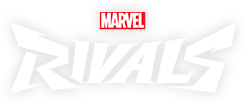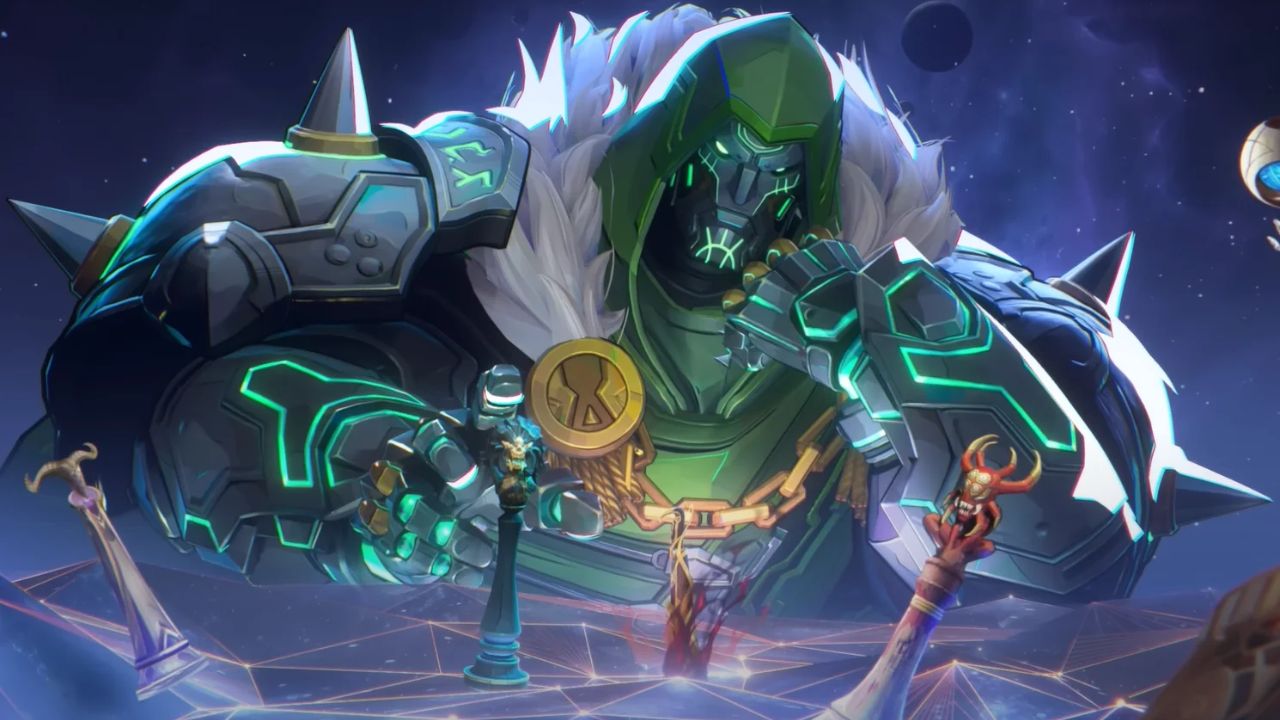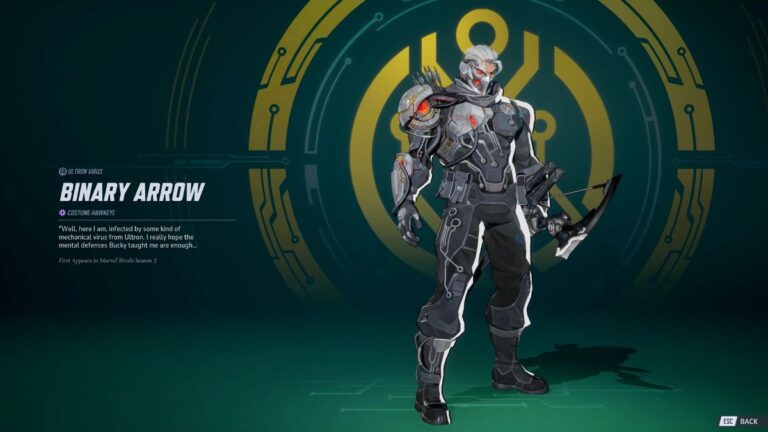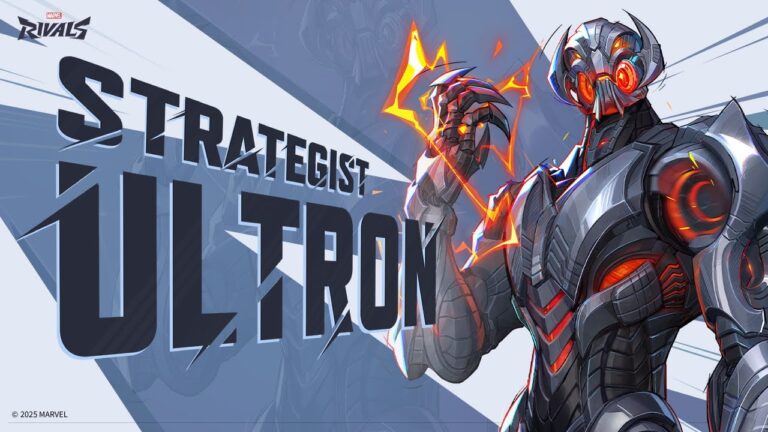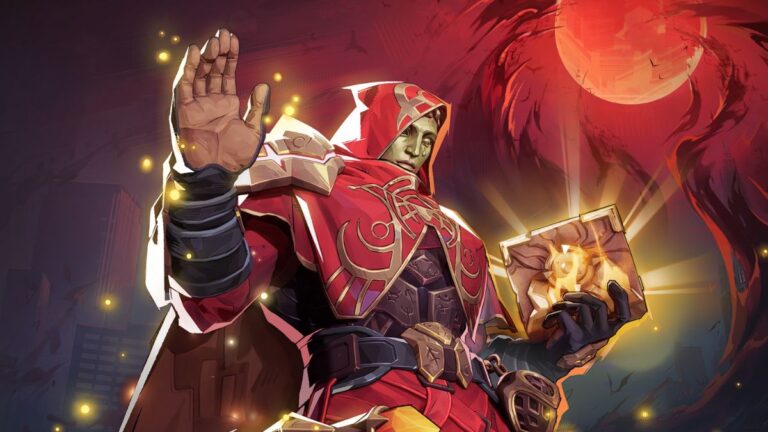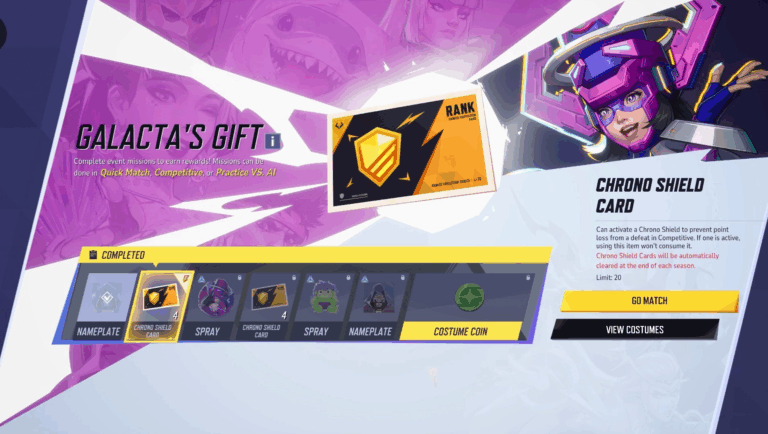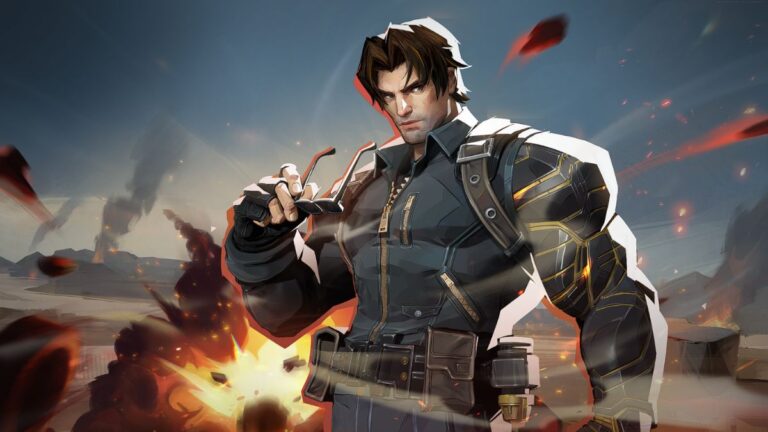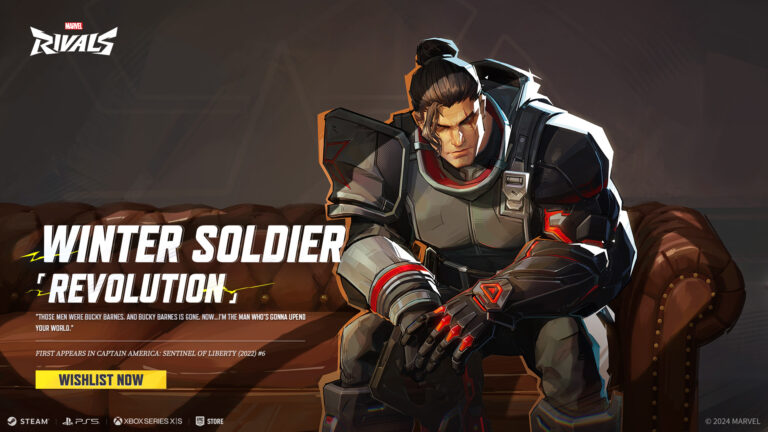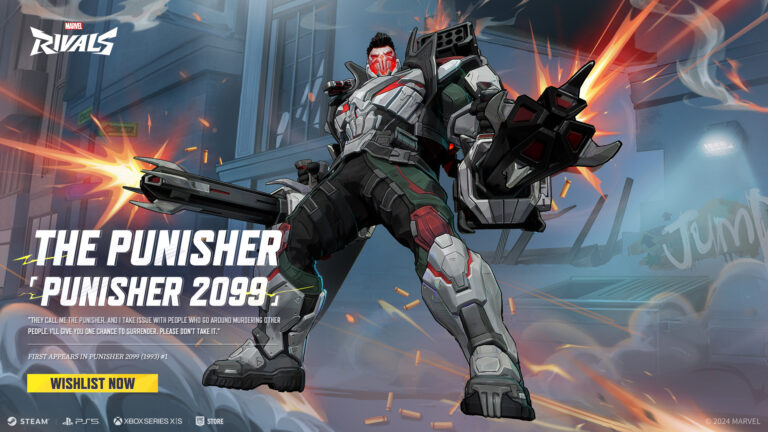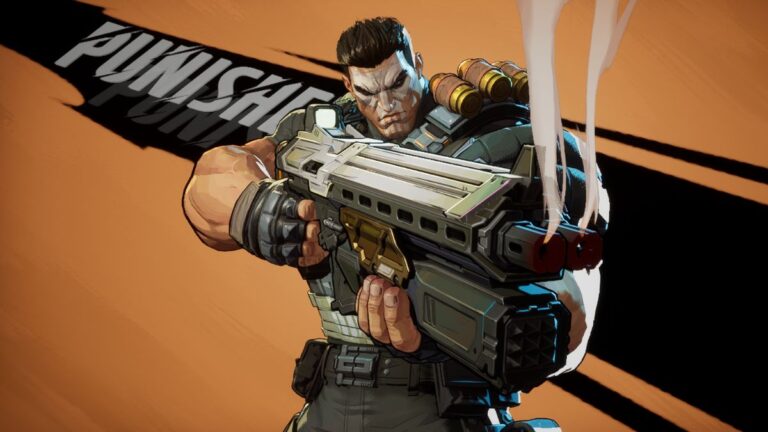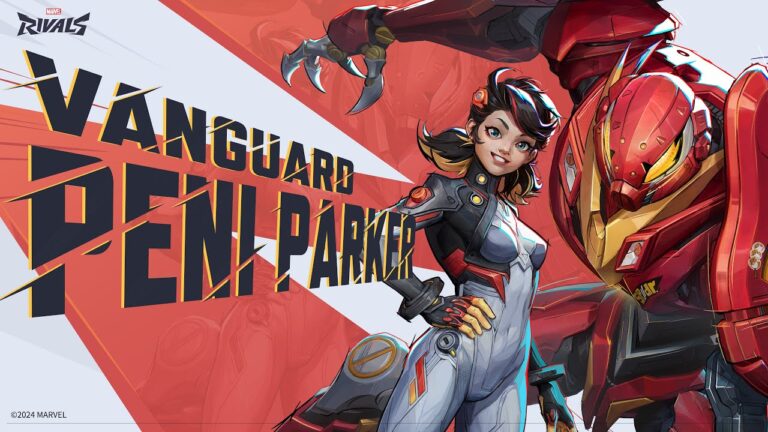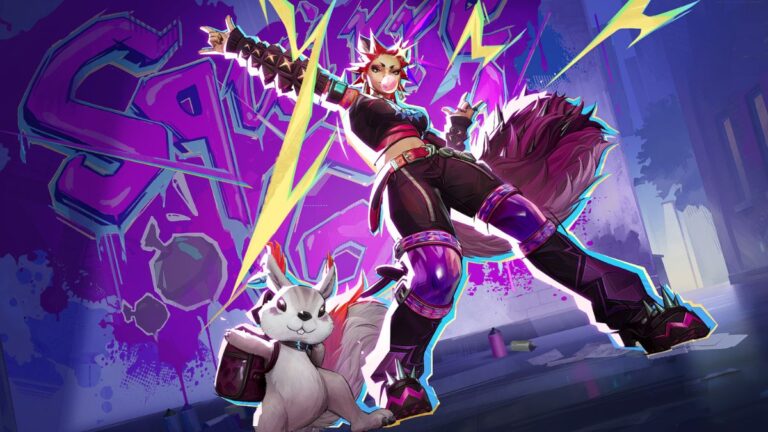Table of Contents
In Marvel Rivals, it’s easy to gravitate toward a few Heroes or a single role and try to play them whenever possible. There’s value in being comfortable with a hero. Or maybe you’re obsessed with your Lord icon grind for your favorite hero. But there’s even more value in learning to flex into heroes and roles you may be less comfortable with. Not only will you be able to branch out and potentially discover other heroes to add to your personal roster, but you’ll find yourself becoming a better Rivals player in general, regardless of the hero or role you play.
Flexing is a path toward becoming a better teammate and player, and ultimately will help drive your win rate up and help you climb faster if you have competitive aspirations in the game.
“But Drew, I’m a support main. I don’t want to play Duelist!”
It’s fine to main a role, this is completely normal and expected. I’m a Vanguard main and prefer to play Vanguard in 90+% of my games. I have the most fun in the role, it’s where I’ve spent the majority of my 200+ hours in the game since launch. But I also find myself branching out into other roles more often, if only to become a better Vanguard.
If you’re like me, you can likely pick up almost any hero from your main role and expect to do reasonably well in a match. But when flexing to the other two roles, you may struggle more. You know what the role is supposed to be doing in the match, at least on paper. You know the basic gameplay loop of at least one hero in the role. But when it comes time to perform, maybe you struggle more than expected. Maybe your positioning is bad, maybe you just can’t hit the shots, or maybe the enemy team can exploit a weakness in your play.
This pain and inefficiency is just part of the process of flexing and becoming a more experienced Rivals player. As you practice and play more, you’ll gain more perspective of how to play different roles, and how to better play against them in your main role and as your favorite heroes.
The Benefits of Flexing and Branching Out
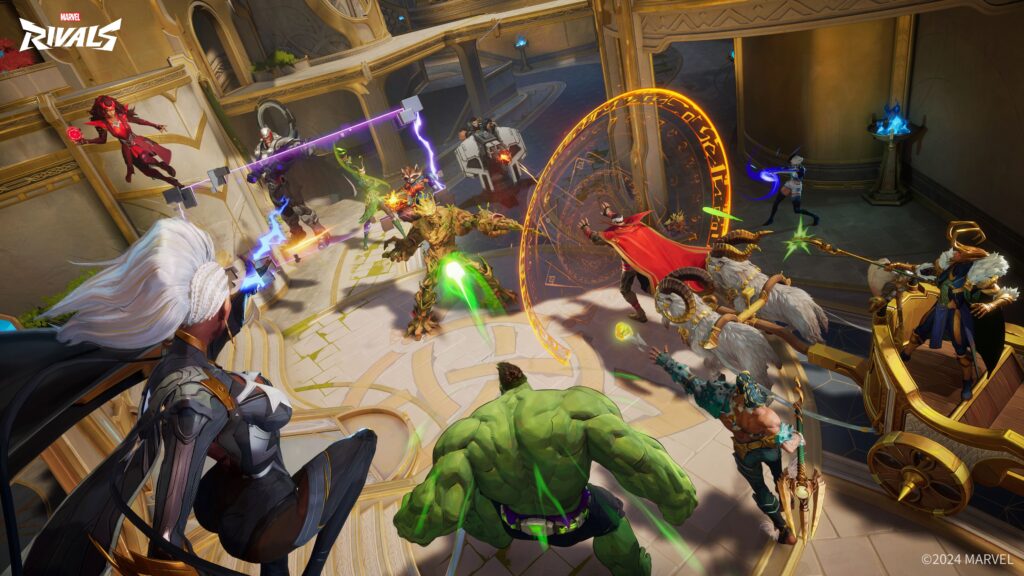
As you learn to learn and play new heroes, you’ll find yourself more accurately predicting enemy behavior in matches since you’ll know their toolkit, a rough sense of how long it takes them to farm their ultimate, and how they’ll want to position themselves with their team to be most effective. Your game sense will improve, and you’ll have more confidence in your main role and while playing your main characters.
You’ll also be able to better support your own teammates as they are playing different roles and heroes.
Let’s say you’re playing Magneto and have an allied Winter Soldier on your team. If you see Bucky leaping into the air to use Kraken Impact, you can prepare to bubble him with Metal Bulwark and focus your Iron Volley and Mag-cannon on whoever he hits to increase the odds your team secures a pick and can reset his ultimate ability to help snowball the team fight in your favor.
Similarly, if you are playing a support character like Rocket Raccoon and see an enemy Winter Soldier leap into the air with Kraken Impact, you can throw down your C.y.a. to help heal through the burst damage while also providing a damage boost for your team to neutralize the threat.
What Each Role Teaches Us in Rivals
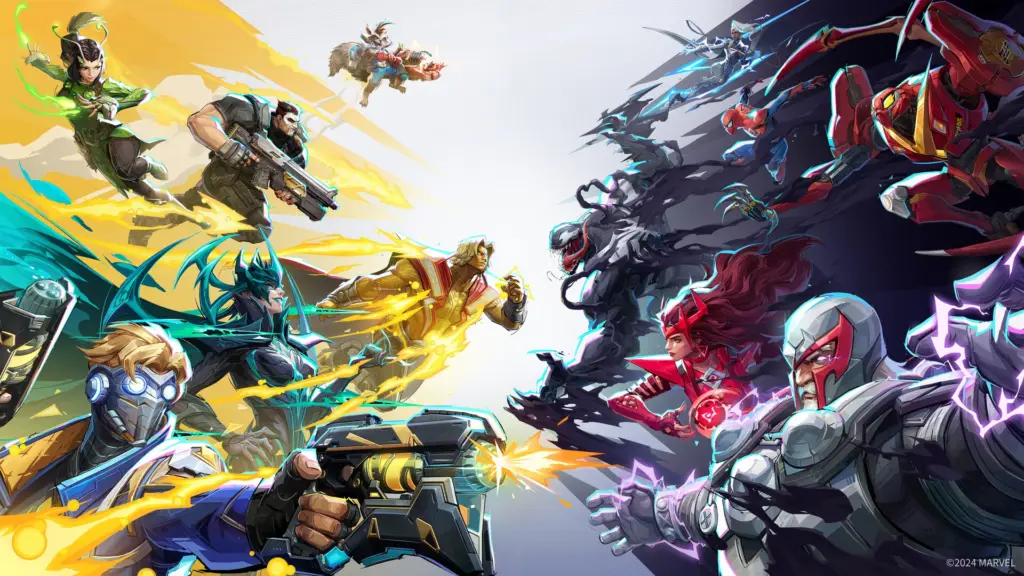
Learning to play heroes in each role in Rivals teaches new things about the game and improves mastery and game sense. All of these roles come together to weave a tapestry of understanding and improve your breadth and depth of game knowledge. This game sense is just as important as mechanical execution; you’ll often win or lose as a team. Usually, your individual execution matters less than how you perform as a team and play to your role and character’s strengths and weaknesses.
Learning Strategist teaches the value of positioning and maintaining your location in the backline, away from immediate danger. With poor positioning as a support, expect to have a hard time staying alive. And once you’re down, the rest of your team is sure to follow.
Playing Vanguard teaches spacing and how to dictate the timing and cadence of team fights. You’re the shot caller and are responsible for setting up and helping your team execute on plays. You’re also responsible for peeling for your team and helping to offset pressure from the enemy team and protect the squishier Duelists and Strategists on your team so they can execute on their responsibilities.
Playing Duelist teaches you the value of target prioritization, aggression, and focusing damage. You’ll struggle if you only hit the enemy tanks. You need to look for opportunities to target squishier opponents, take out the enemy strategists, and capitalize on the opportunities and space created for you by your Vanguards. You need to be aggressive enough to put the enemy team on the defensive, which also helps protect your own Strategists.
Value as a teammate and adaptability to new metas
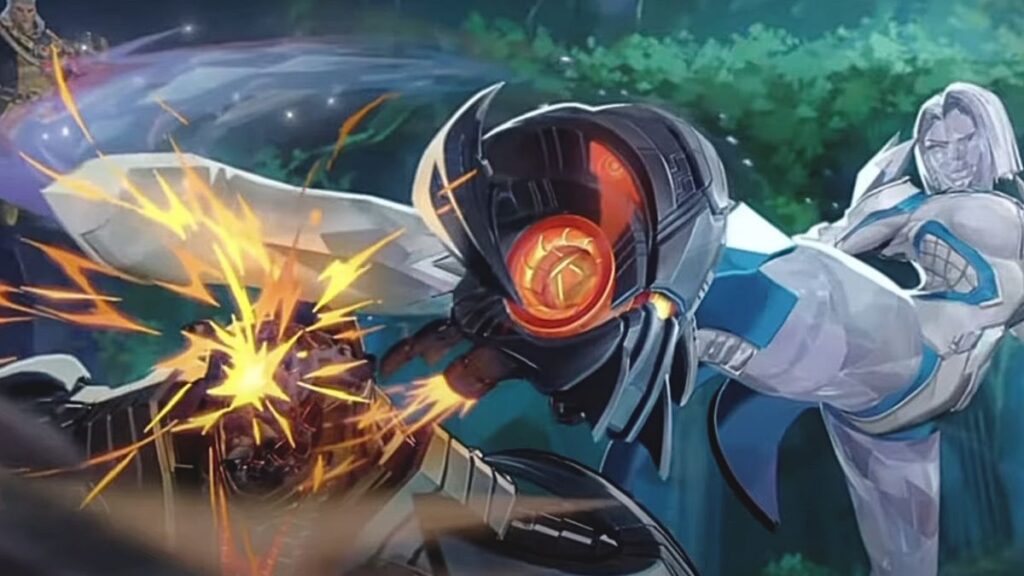
If you are comfortable playing more roles and heroes, you will be a more valuable teammate. Since there is currently no role queue in Marvel Rivals, being able to confidently and comfortably play any of the roles will make you a more valuable teammate while also enabling other members of your team to select the roles they are most comfortable with and increase your overall chance of victory. This is especially important in Competitive mode. Anything you can do to provide your team with an edge will improve your win rate over the long run and help with your climb.
NetEase frequently rebalances heroes, which in turn will affect the meta. Heroes in favor today may become off-meta or niche choices in the future. It’s rough when your main character receives a big nerf, but that pain is eased significantly when you have other heroes you can pivot to and ramp up on quickly because you have a good understanding of their role or specific kit.
In season one, I mained Magneto and played him in almost every competitive game I played. My wife was playing with me and mained Cloak & Dagger. Immediately, we’d have a solid Strategist and Vanguard core to our team in almost every game we played which improved our win rate. But we also had to flex in some of our games. There were times when I had to play Duelist or Strategist to round out our team or make role switches between rounds when we were underperforming as a team. It made all the difference in my climb and I was thankful to have the reps in on those characters in Quickplay. I had the comfort and confidence to step outside my main role (even in competitive) and help my team secure the win.
Wrap Up
To improve in Rivals, I’d encourage you to branch out into other roles and heroes. Try to learn 2-3 different heroes for each role and go from there.
NetEase has communicated a rapid release schedule in which a new character will be added to the game every month starting in Season Three. The meta will evolve constantly and will also require players who are competitive and want to climb to continually learn and invest in their knowledge of the game. Flexing isn’t about giving up on your main—it’s about rounding out your game and becoming a smarter, stronger, and better teammate.
Good luck in your season two climb! I’ll see you out there.
Looking for a new hero to learn? Check out our Season Two tier lists for Duelists, Strategists, and Vanguards!
